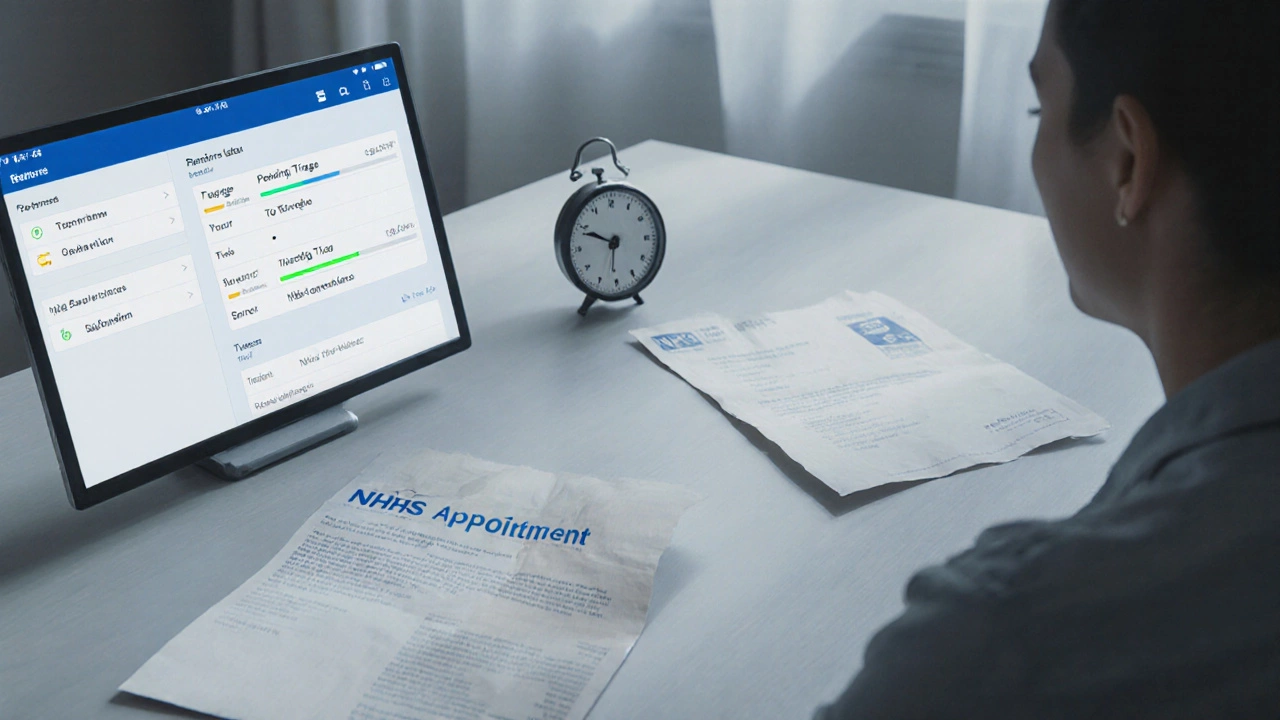NHS urgent care wait: How long you really wait and what to do
When you need help fast but can’t get to A&E, NHS urgent care wait, the time it takes to be seen at walk-in centers, urgent treatment centers, or NHS 111-referred services. Also known as NHS walk-in wait times, it’s not just about patience—it’s about knowing when and where to go so you don’t end up stuck for hours. Many people assume urgent care means quick service, but the reality is different. With staff shortages and rising demand, waits can stretch from 90 minutes to over four hours—even for things like severe infections, deep cuts, or sudden back pain that needs immediate attention.
What most don’t realize is that NHS urgent care, a network of walk-in centers and urgent treatment centers designed for non-life-threatening but pressing health issues isn’t the same as A&E, emergency departments meant for life-threatening conditions like heart attacks, strokes, or major trauma. If you go to A&E for something that fits urgent care, you’ll be triaged to the back of the line. And if you wait too long at urgent care, you might end up needing to go to A&E anyway—making the whole process longer. The system’s broken in places, but knowing the difference helps you cut through the confusion.
Why does this keep happening? Underfunding, staffing gaps, and a lack of clear public guidance mean people show up at the wrong place at the wrong time. A sprained ankle might get you seen in 40 minutes at an urgent care center—but if you show up at A&E, you could wait six hours. Meanwhile, someone with chest pain might be rushed through at A&E but ignored if they land at urgent care. It’s not about who’s more deserving—it’s about the system not being designed for clarity.
Here’s what works: If your issue isn’t life-threatening but won’t wait until Monday—like a high fever, bad ear infection, or a wound that won’t stop bleeding—head straight to an urgent treatment center. Use the NHS website to find your nearest one. Call 111 if you’re unsure. They’ll send you to the right place, not the busiest one. And if you’re told to wait more than three hours? Ask if you can be referred to a GP or community service instead. Too many people sit through long waits because they think it’s the only option. It’s not.
The posts below show real stories from people who’ve navigated this mess—from those who got free dental care after waiting days for pain relief, to others who learned why their painkillers didn’t work because the real issue was deeper than they thought. You’ll find guides on how to access NHS services without insurance, how to spot when you’re being sent in circles, and what alternatives exist when the system slows down. This isn’t about blaming the NHS—it’s about giving you the tools to move through it faster, smarter, and with less stress.

